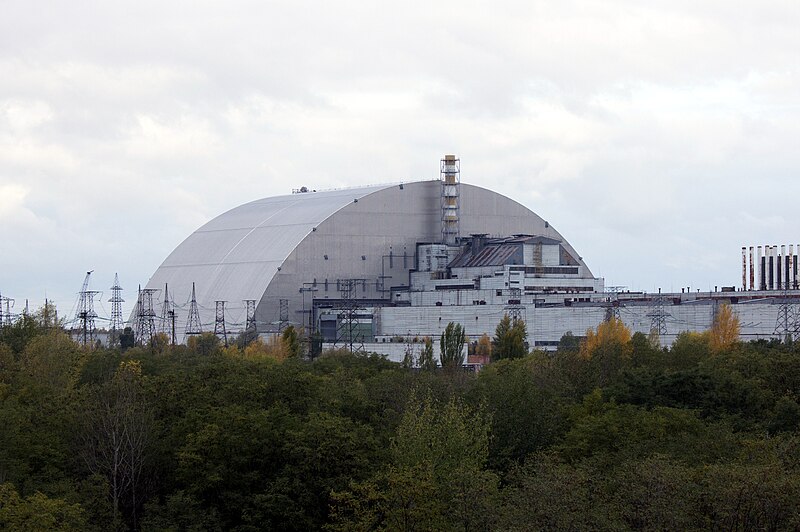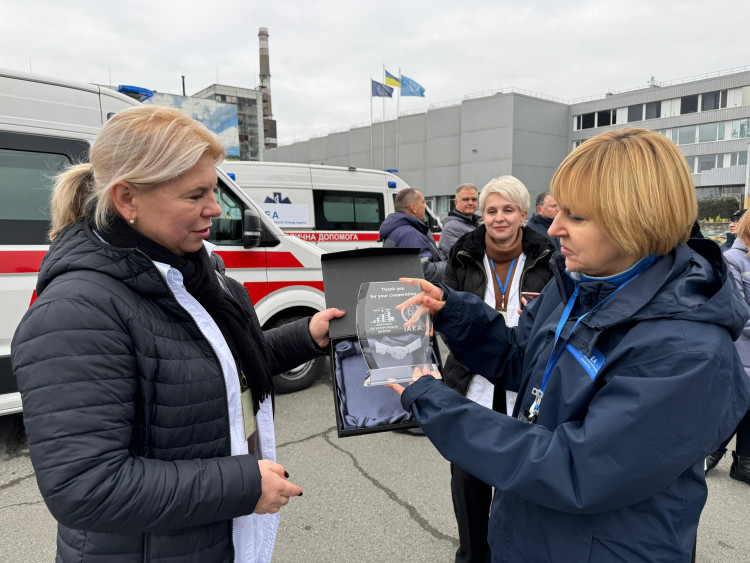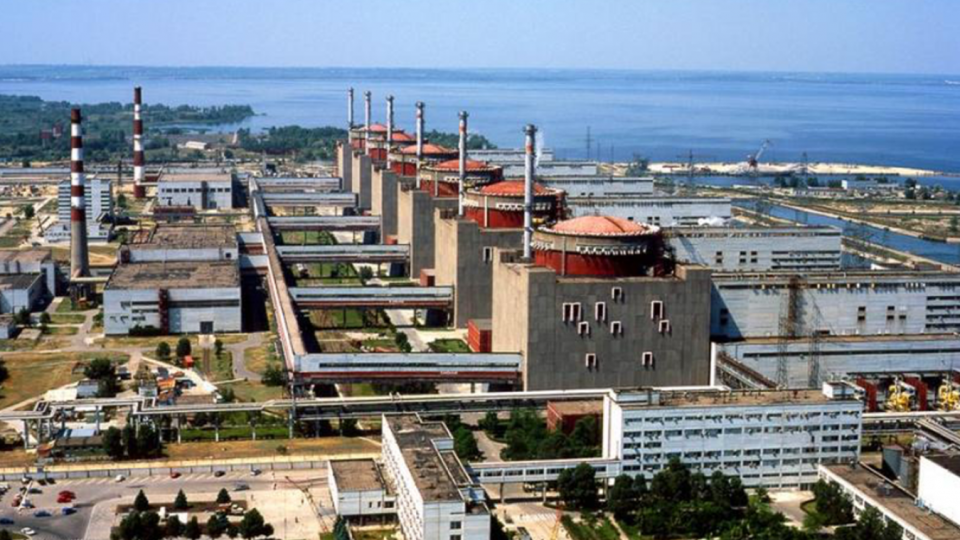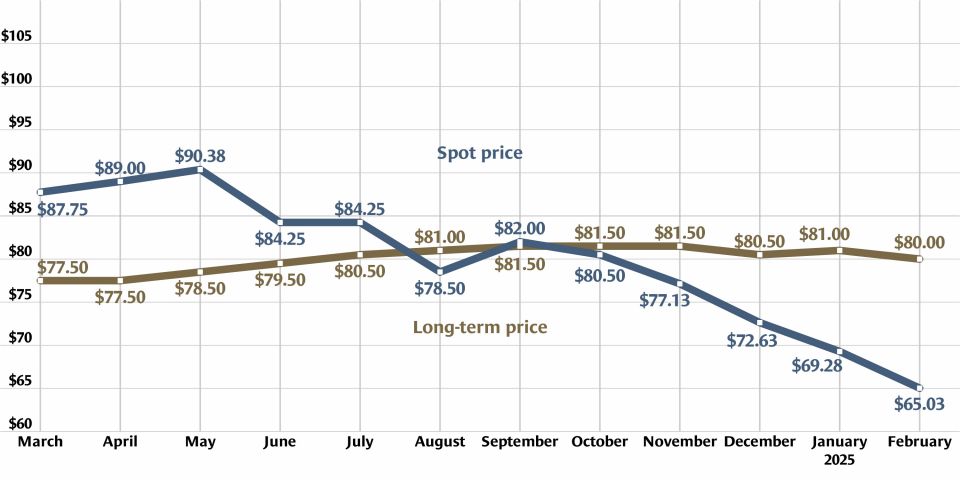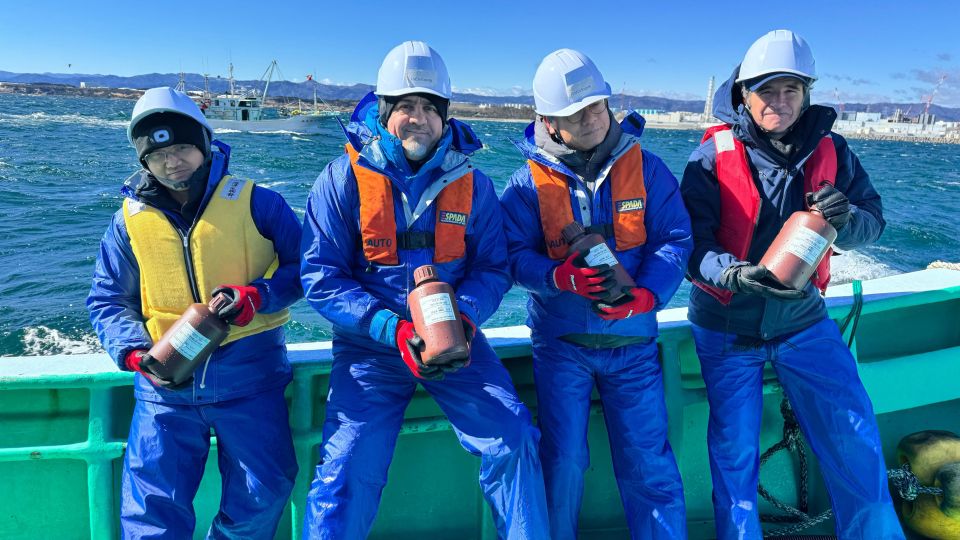
The hole in Chernobyl-4's NSC caused by the drone strike. (Photo: State Emergency Service of Ukraine)
The strike: Ukraine officials reported that they believed Russia was behind the attack, while Russia denied involvement, the Associated Press reported.
Nuclear experts called it one of the most potentially dangerous attacks since the conflict between the two countries started almost three years ago, the New York Times reported.
The International Atomic Energy Association raised alarms about the Chernobyl strike and noted it as the latest in a string of incidents damaging Ukraine nuclear power plants, said Rafael Mariano Grossi, IAEA director general. Since Russia’s invasion in 2022, there have been repeated power cuts to Chernobyl’s critical cooling system as well as damage at the country’s four active nuclear plants, causing concern about spent fuel overheating, according to the Associated Press. The damage to the plants has often come on the heels of military activity or drone strikes on nearby power lines.
Quotable: “This was clearly a very serious incident, with a drone hitting and damaging a large protective structure at a major nuclear site. As I’ve stated repeatedly during this devastating war, attacking a nuclear facility is an absolute no-go, it should never happen,” Grossi said.
“It is especially concerning as it comes as we are also seeing an increase in military activity in the area around the Zaporizhzhia nuclear power plant,” he added. “Judging by recent events, nuclear safety remains very much under threat.”
At Chernobyl: The IAEA team based at Chernobyl heard the explosion at 1:59 a.m. local time on February 14, followed by smoke and associated fire visible from their dormitory rooms. They reportedly saw smoke coming from the NSC.
Ongoing efforts to put out and prevent the spread of any remaining fires fueled by flammable material in the roof cladding have delayed repair work at the site.
The NSC, completed in 2019, was installed on top of the sarcophagus erected in the immediate aftermath of the Chernobyl accident. The shell cost about $2 billion and was built with the help of 45 countries.
The IAEA team confirmed radiation levels inside and outside the NSC building remained normal and stable. Investigations are ongoing to determine the status of the inner cladding.
At Zaporizhzhia: Earlier this month, military activity near Zaporizhzhia nuclear power plant derailed the planned rotation of IAEA teams at the site. Grossi said he has been in contact with both Russian and Ukrainian officials to ensure safe passage of the new team as soon as possible. The IAEA has had personnel at the plant since 2022 to monitor and assess nuclear safety and security and help prevent an accident.
“There is no room for complacency, and the IAEA remains on high alert,” Grossi said. “I once again call for maximum military restraint around Ukraine’s nuclear sites.”
